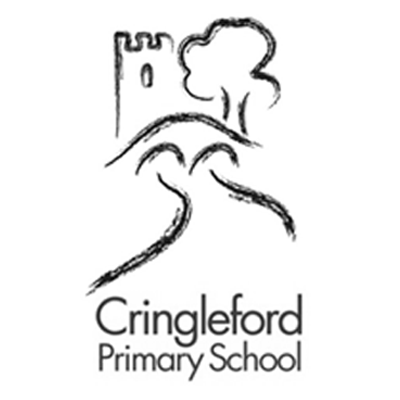I’m Anita Clarke, the Special Education Coordinator at Cringleford Primary School in the UK. I started in January 2021 just before the school purchased Clicker, but I have used older versions of the software in previous roles. My predecessor was also a great fan of Clicker; she and the leadership team purchased the software with the view to support a wide range of students’ needs.
One of the main reasons the school decided to purchase Clicker was to provide students with special educational needs the tools they need to succeed. We also wanted to give learners who struggle with the physical act of writing a way to express themselves and their ideas more easily.
For me, the best thing about Clicker is seeing our students’ confidence and pride in their work grow. It enables them to recognize their ability to achieve, which makes such a positive difference to their mental health.
We committed to a whole-school approach to literacy difficulties, so we’re not just using Clicker with our learners with special needs. Because we have a Site License, we can roll it out across the school, so that all our students can show their potential and abilities. We want all our students using Clicker at least once a week, with the aim to use it a lot more from September when things will have settled down.
We use Clicker predominantly in writing-based subjects to help with our students’ literacy attainment. But for some of our younger learners, we’re also using the pre-made Clicker Books to introduce topics on a one-to-one basis. In the new academic year, we plan to use them (as well as the Find Out and Write About resources) on the interactive whiteboard for whole class work. I’m really amazed by how much there is in LearningGrids – the scope and variety of resources is incredible. We use the pre-made resources a lot and from September we want to explore Clicker Sets further by creating our own.
Our students really like using the Predictor to help with their writing fluency. They particularly like the fact that they can hear the words read aloud before they select them. The flow-chart/diagram sets are also a huge hit. For those who struggle to write, the boost Clicker gives to their confidence is incredible.
I’m really amazed by how much there is in LearningGrids – the scope and variety of resources is incredible.
There have been lots of individual student successes with Clicker. For example, one of our 4th grade learners started using it during remote learning in January. He has difficulties with fine motor control and writing is very painful for him, so Clicker has been a real help. He’s confident using computers and has the underlying ability to use Clicker. His mom is also very supportive of him, so she would step in if he needed a bit of extra support. Compared to where he was before, when writing was much more of a physical challenge, he’s now using Clicker to write significantly longer pieces of work independently. Clicker is also great because it reminds him to check his spelling, writing, and grammar – which he can review and fix independently. He’s now creating pieces of work that are on par with his peers, so it’s a huge confidence boost for him.
Our students really like using the Predictor to help with their writing fluency. They particularly like the fact that they can hear the words read aloud before they select them.
Another one of our students who has autism has also benefited from Clicker. If he made a mistake on the page when writing his work by hand, he would become frustrated and couldn’t move on from it. Because Clicker is on the computer, he’s much happier making independent corrections to mistakes because there isn’t that permanent record.
For me, the best thing about Clicker is seeing our students’ confidence and pride in their work grow. It enables them to recognize their ability to achieve, which makes such a positive difference to their mental health. I’m really looking forward to seeing what our learners will achieve in the new academic year, when we implement Clicker for whole-class work.
